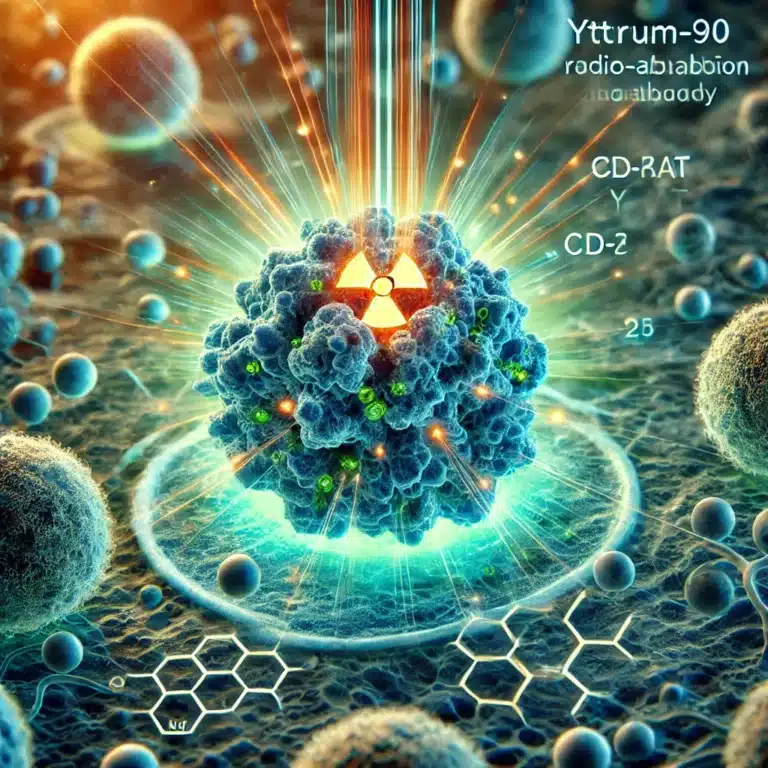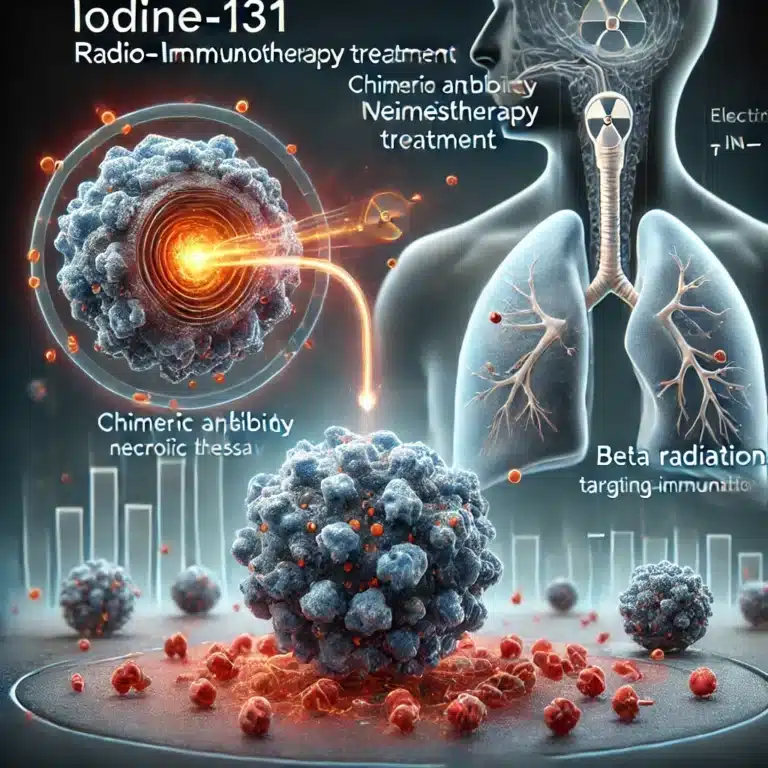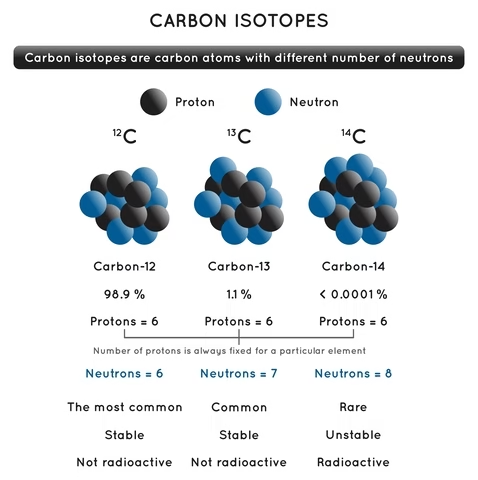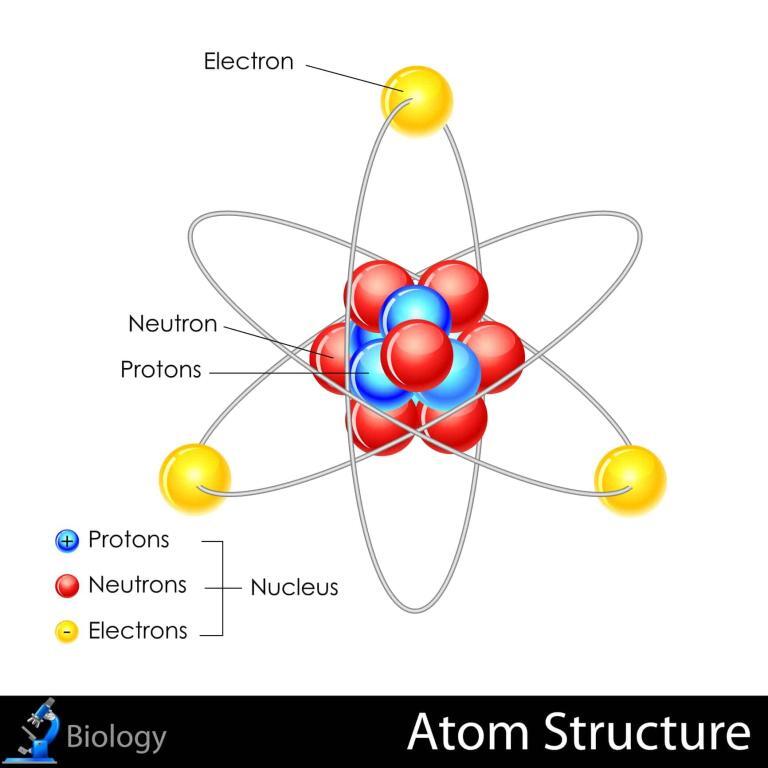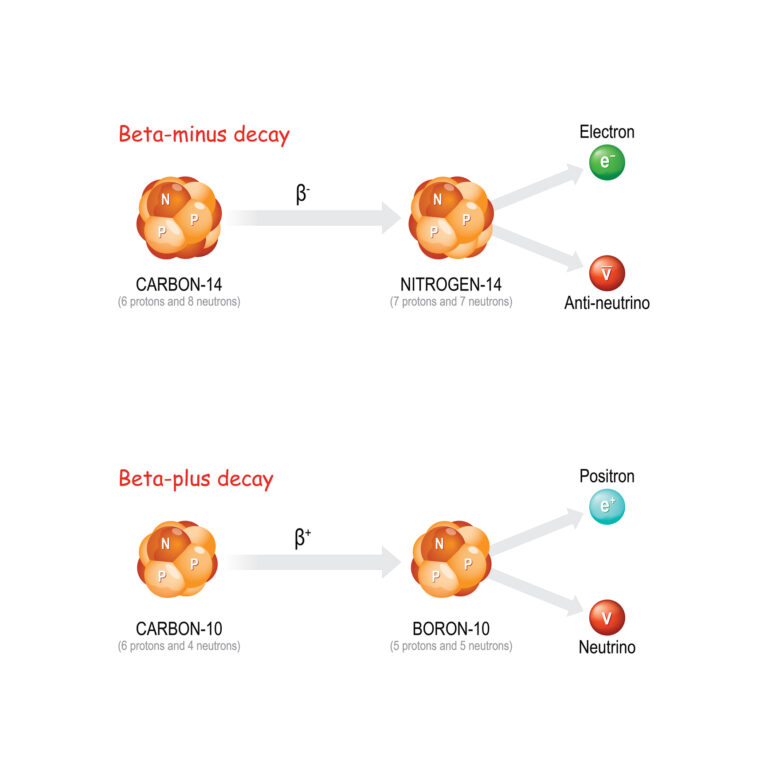Beta Particle Therapy
Beta particle therapy, also known as electron beam therapy, represents a specialised form of radiation treatment employed primarily in the field of oncology. This therapy utilises high-energy electrons (beta particles) to target and destroy cancerous cells precisely. Its distinctive feature lies in the limited penetration depth of beta particles, which makes it particularly effective for treating superficial tumours, such as those located just below the skin or on the surface of organs.
One of the principal advantages of beta particle therapy is its ability to concentrate a high dose of radiation in a specific area while minimising damage to surrounding healthy tissue. This characteristic stems from the physical properties of beta particles, which travel only a few millimetres to a few centimetres in human tissue before being absorbed. Consequently, this therapy is ideally suited for treating skin cancers, such as basal cell and squamous cell carcinomas. It is also used in certain types of eye cancers, like ocular melanoma.
The application of beta particle therapy follows a meticulous process. It begins with a detailed planning stage, during which oncologists use imaging technologies such as MRI or CT scans to determine the precise location and depth of the tumour. The treatment itself is carried out using a linear accelerator or a dedicated beta particle emitter, which directs a stream of electrons at the target. The depth and intensity of the beam are carefully controlled to ensure that the maximum dose of radiation is delivered to the tumour while sparing the surrounding tissues.
Patients undergoing beta particle therapy typically experience fewer side effects compared to those receiving more penetrating forms of radiation therapy, such as gamma rays. The side effects that do occur are generally limited to the treatment area and might include skin irritation, redness, and, in some cases, hair loss. These reactions are usually temporary and subside after the completion of therapy.
Recent advancements in technology and medical research have enhanced the efficacy and safety of beta particle therapy. Innovations such as real-time imaging and computerised treatment planning systems allow for more accurate tumour targeting, reducing the risk of radiation exposure to healthy tissues and improving patient outcomes.
Moreover, ongoing research continues to explore new applications and improvements in beta particle therapy. Studies are investigating its potential use in combination with other treatment modalities, such as chemotherapy and immunotherapy, to enhance its effectiveness against more deeply seated tumours and those that are resistant to conventional treatments.
In summary, beta particle therapy stands out as a precise and effective treatment for certain types of cancer. Its ability to deliver high doses of radiation directly to tumour cells while sparing healthy tissues makes it a valuable tool in the fight against cancer, offering hope to patients and contributing to the broader field of oncological therapies.
You are here:
home » Beta Particle Therapy







